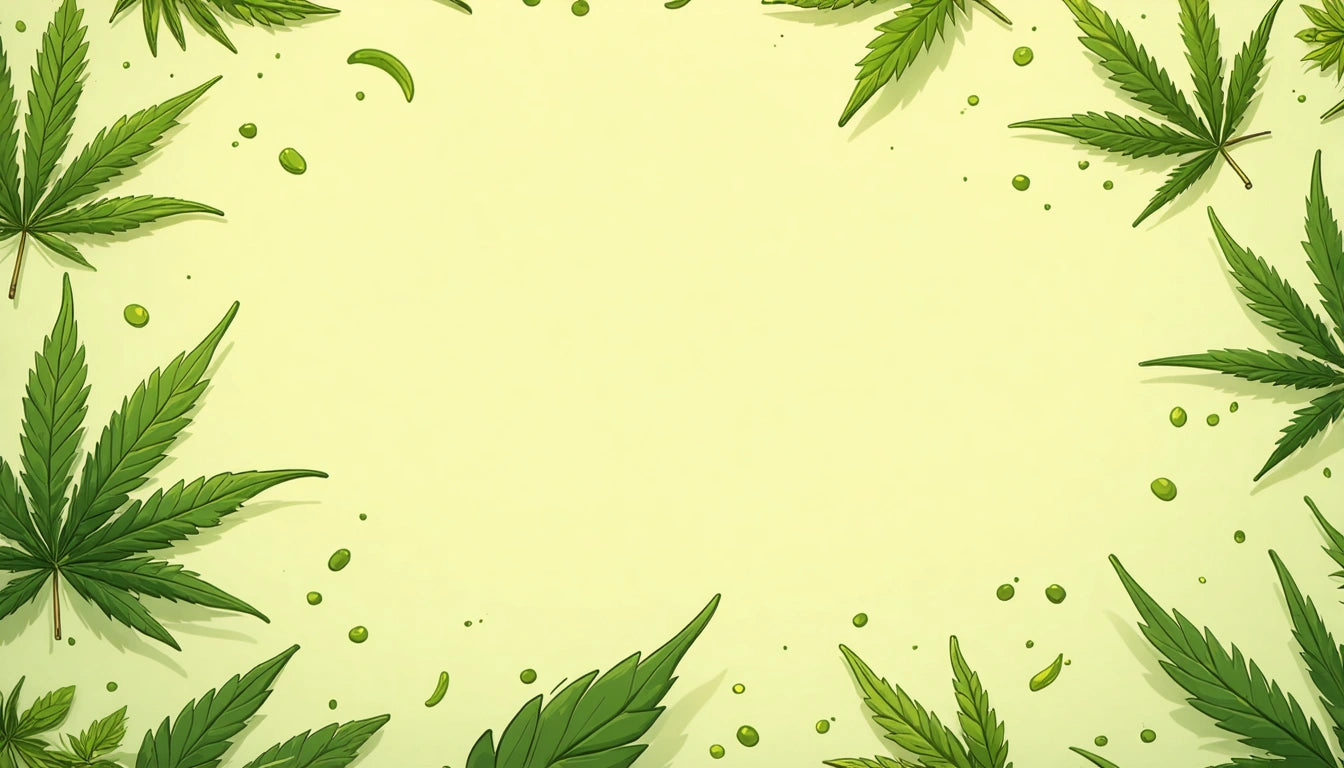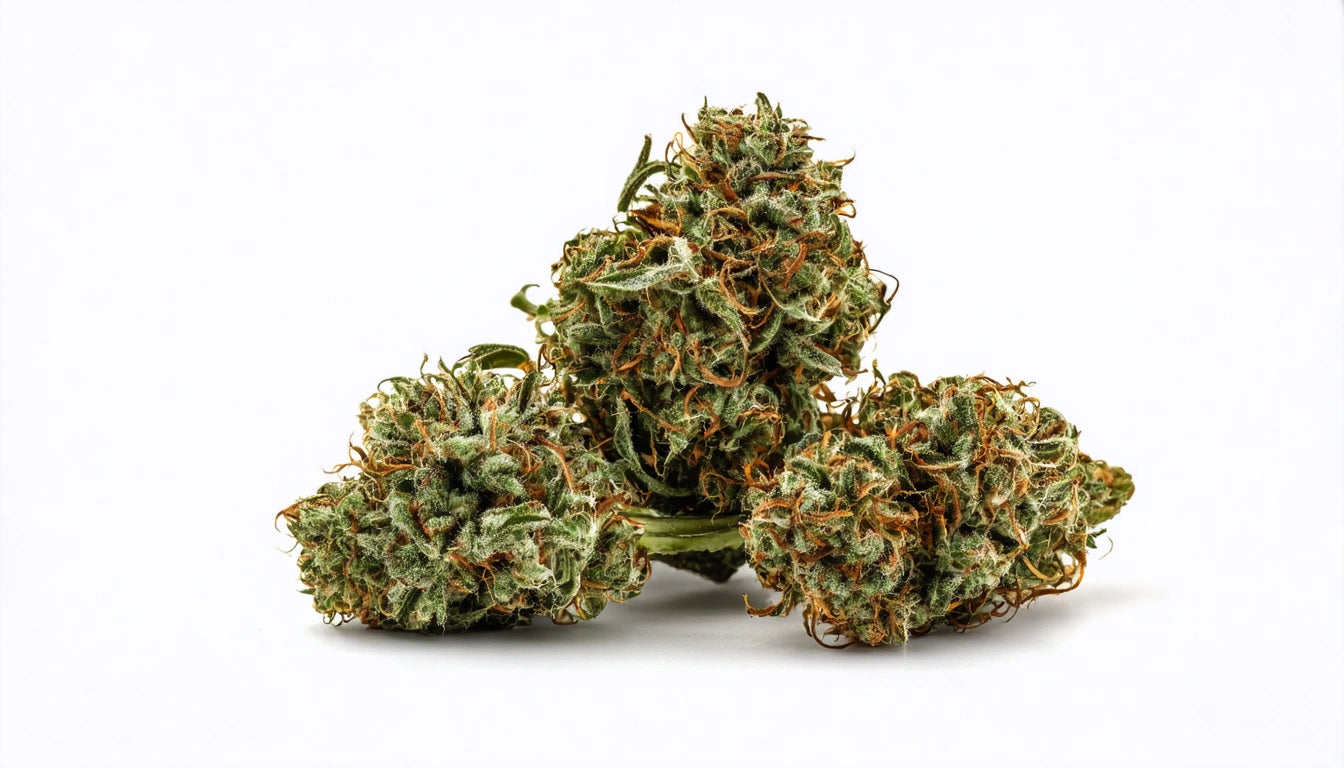Table of Contents
- Texture Psychology Fundamentals: How Touch Influences Perception
- Tactile Marketing Strategies in Cannabis Packaging
- Texture Types and Their Psychological Effects
- How Texture Builds Brand Identity and Recognition
- Practical Implementation Guide for Brands
- Future Texture Innovations in Cannabis Packaging
The Psychology of Texture in Packaging Design
Texture in packaging design goes beyond mere aesthetics. It creates a multisensory experience that influences consumer perception, emotional connection, and purchasing decisions. In the cannabis industry, where product differentiation is increasingly challenging, textural elements can provide brands with a competitive advantage that resonates on a psychological level.
Texture Psychology Fundamentals: How Touch Influences Perception
The sense of touch is one of our most primal and emotionally connected senses. When consumers interact with packaging, tactile sensations trigger specific psychological responses that can significantly impact brand perception. Research shows that texture can influence perceived product quality, premium positioning, and even the anticipated experience of using the product inside.
According to dopamine marketing principles, certain textures can trigger pleasure responses in the brain. Soft-touch coatings, embossing, and strategic material choices can stimulate positive neurological reactions, creating an immediate emotional connection before the product is even used.
Tactile Marketing Strategies in Cannabis Packaging
Cannabis brands are increasingly incorporating tactical texture strategies to differentiate their products in a crowded marketplace. These approaches include:
- Contrast between smooth and textured areas to create visual and tactile interest
- Embossed logos or patterns that reinforce brand identity through touch
- Soft-touch coatings that create a premium, velvety feel
- Structural textures that improve grip and functionality
- Material combinations that create memorable unboxing experiences
These textural elements work in conjunction with color psychology to create a comprehensive sensory experience. While color creates initial visual impact, texture extends the engagement by adding a physical dimension to the brand experience.
Texture Types and Their Psychological Effects
Soft and Smooth Textures
Soft-touch coatings and smooth finishes often convey sophistication, luxury, and refinement. These textures are particularly effective for premium cannabis products, creating associations with quality and care. Many high-end flower brands utilize specialized customizable mylar bags for eighth quantities that incorporate soft-touch finishes to enhance perceived value.
Rough and Tactile Textures
Rougher textures can communicate authenticity, naturalness, and durability. These textures work well for brands positioning themselves as organic, earthy, or rugged. The physical sensation creates subconscious associations with natural materials and artisanal production methods.
Patterned and Embossed Textures
Strategic patterns and embossing create visual-tactile alignment that reinforces brand messaging. As explored in unboxing psychology research, these elements create moments of discovery and delight during the opening process, extending the brand experience beyond the initial purchase.
How Texture Builds Brand Identity and Recognition
Consistent textural elements become part of a brand's tactile signature, creating recognition even without visual cues. Just as Coca-Cola's distinctive bottle shape is recognizable by touch alone, cannabis brands can develop proprietary textural elements that become sensory brand identifiers.
This tactile branding is particularly valuable in the cannabis industry where visual branding faces regulatory restrictions. When graphics and imagery are limited, texture becomes an even more powerful differentiator that can communicate brand values without words or images.
Texture also plays a crucial role in enhancing perceived value without significantly increasing production costs. Strategic embossing, selective coating, and material choices can elevate a product's premium feel without the expense of more costly packaging materials.
Practical Implementation Guide for Brands
Aligning Texture with Brand Positioning
The textures chosen should reflect and reinforce core brand values:
- Premium brands: Soft-touch finishes, subtle embossing, weight
- Natural/organic brands: Recycled textures, natural material feel, uncoated surfaces
- Tech-forward brands: Precise patterns, clean lines, innovative materials
- Medicinal brands: Clean, smooth, professional textures that convey trust
Balancing Cost and Impact
Not all textural elements require expensive production methods. Strategic use of:
- Spot textures on key touch points rather than full coverage
- Structural elements that create texture through form rather than materials
- Printing techniques that simulate texture visually and tactilely
These approaches can create meaningful tactile experiences while maintaining reasonable production costs.
Future Texture Innovations in Cannabis Packaging
The future of textural packaging in cannabis will likely include interactive elements that change with use or environmental conditions. Temperature-responsive inks, humidity indicators, and textures that reveal information through consumer interaction are emerging technologies that add functional and experiential value.
As sustainability concerns grow, we're also seeing innovation in eco-friendly textural elements. Brand psychology research indicates that textures reminiscent of natural materials can enhance sustainability messaging, creating alignment between packaging feel and environmental values.
Smart implementation of texture in packaging design creates memorable brand experiences that influence consumer perception on both conscious and subconscious levels. By understanding the psychological impact of different textural elements, cannabis brands can develop packaging that communicates effectively through touch, creating deeper connections with consumers in an increasingly competitive marketplace.











Leave a comment
All comments are moderated before being published.
This site is protected by hCaptcha and the hCaptcha Privacy Policy and Terms of Service apply.